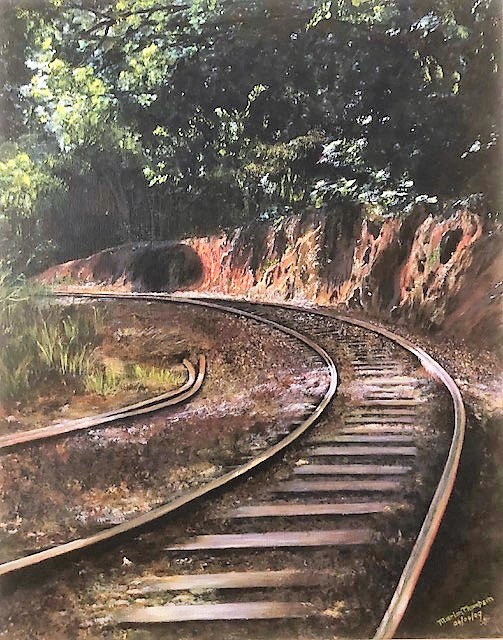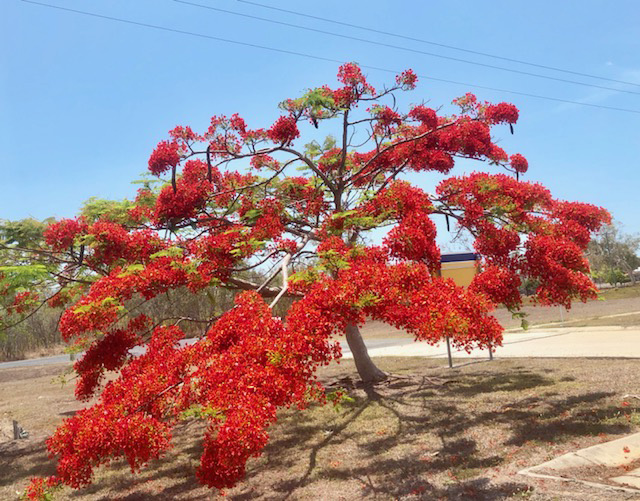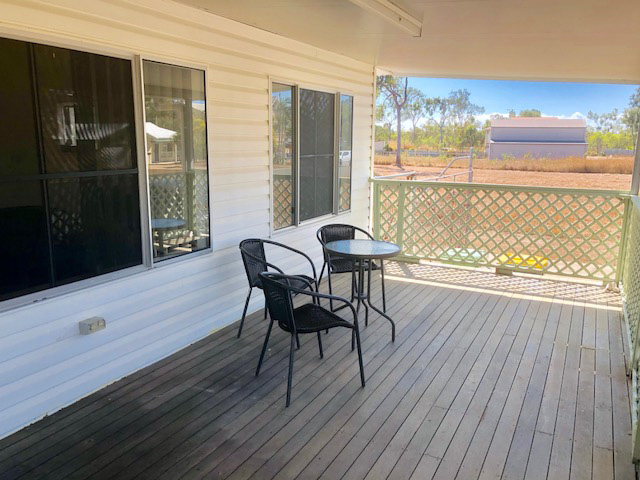
It is New Year’s Eve - the nation sees in the New Year 12.00am the 1 January 2019 with fireworks – kind of - where we live at Tweed Heads / Coolangatta we get the 12.00am fireworks at the Jack Evans Boat Harbour NSW daylight saving time, followed by the Qld 12.00am a fireworks one hour later. One side of the street is New South Wales, the other side Queensland.
Although I stopped my formal science education at 5th year high school, I vividly remember burning different metals in a Bunsen burner flame, and seeing a range of different colours. I have consistently read media reports claiming each successive festival (the fireworks display) was the most colourful (use of the periodic table).
I had never realised that my school-day experiments were related to fireworks! At this time of year, with New Year's Eve and Australia Day coming up, I determined to find out more about why and how these wonderful firework displays manage to dazzle us with their wondrous displays.

Coloured fire
In the back of my brain, I somehow remember that sodium is yellow, and that it is the element in the street-lights of many towns. Copper burns blue-green, iron burns goldish-red, and many other metals have a characteristic colour that helped the early chemists to partly identify unknown substances.
This quick method is only an indication of the type of metal, not a 'proof' of its existence. However, with experience of pyrotechnics (from Greek words meaning 'fire and man-made') stemming from ancient China in about the 7th century. People have learnt how to use mixtures of compounds containing specific metals to make a whole rainbow of colours when different substances are combined with a small explosive charge and a wick or detonator, and packaged in an appropriately-shaped container. These are what we call 'fireworks'.
Today, the timing of the lighting of each one of the fireworks is controlled by electronics, with computer programs written so that each pattern we see is minutely planned to make the overall complex and amazing displays.
Analysing the stars; and the rocks on Mars
The same principle of different elements emitting different colours can be used by more sophisticated equipment called 'spectrosocopes', in which the individual patterns made by heated elements can be seen and recorded (these days, electronically). In this case, the light does not have to be visible to the naked eye because instruments can be designed to register, for example, ultraviolet or infared light that we cannot see.
There are many ways of doing this, depending on the nature of the material to be analysed. For example, it can be used in environmental analysis to check for pollution or monitor clean water; or it can be used by astronomers to scan the hot gases in space to see which elements are in which stars, planets, or dust clouds
This is how we know what the stars are made of, and this technique has helped scientists understand that all the elements here on Earth were originally made by nuclear reactions in the bellies of stars.
The Curiosity robot currently on Mars will use a laser beam to 'zap' small areas of rock to make a tiny puff of vapour. It has an onboard spectroscope that can analyse this vapour and send the data back to Earth so that scientists will have more information about how Martian rocks differ (or are similar to) our Earth rocks, or those found on the Moon.

Some basic chemistry … for those still reading
After reading about all this, I was still curious about 'how' and 'why' the metals are so colourful when they are burnt. I learnt that it is due to the basic chemical structure of metal atoms. Many metals conduct electricity, and some have a shiny lustre. This is because, in an atom, the positive nucleus is surrounded by clouds of electrons.
In metals, the electrons in the outer shell are very loosely attached to the rest of the atom, and they are easily bumped around, or bumped off. We can get an electric current when the outer electrons move along from one atom to another along a metal wire. We also see a lustre or shiny surface when these outer electrons interact with photons of light.
But the energy of a flame is enough to bounce and jiggle these electrons around, and when they go back to rest, they emit that same energy as a particular wavelength of light. Each metal has a different electron structure, and they are disturbed in a specific way, so we observe the different colours, each being the result of a particular wavelength being interpreted by our brain, via our eyes, as a certain colour.
Happy New Year and Australia Day
After all this, I trust that you will appreciate the New Year and Australia Day fireworks.
I would also like you to reflect on the “miracle of our eyes”, that we can see these wonders and “of our brains”, that we can begin to understand the wonders of God's world, and I recall Matthew 6 verse 22: “The light of the body is the eye: if therefore your eye be sound, your whole body shall be full of light.”
That is not a half bad “New Year thought” …. enjoy, be fulfilled and creative in all that you undertake in this new adventure, the year 2019.

 Dr Mark Tronson is a Baptist minister (retired) who served as the Australian cricket team chaplain for 17 years (2000 ret) and established Life After Cricket in 2001. He was recognised by the Olympic Ministry Medal in 2009 presented by Carl Lewis Olympian of the Century. He has written 24 books, and enjoys writing. He is married to Delma, with four adult children and grand-children. Dr Tronson writes a daily article for Christian Today Australia (since 2008) and in November 2016 established Christian Today New Zealand.
Dr Mark Tronson is a Baptist minister (retired) who served as the Australian cricket team chaplain for 17 years (2000 ret) and established Life After Cricket in 2001. He was recognised by the Olympic Ministry Medal in 2009 presented by Carl Lewis Olympian of the Century. He has written 24 books, and enjoys writing. He is married to Delma, with four adult children and grand-children. Dr Tronson writes a daily article for Christian Today Australia (since 2008) and in November 2016 established Christian Today New Zealand.
Mark Tronson's archive of articles can be viewed at http://www.pressserviceinternational.org/mark-tronson.html

Dr Mark Tronson - a 4 min video
Chairman – Well-Being Australia
Baptist Minister 45 years
- 1984 - Australian cricket team chaplain 17 years (Ret)
- 2001 - Life After Cricket (18 years Ret)
- 2009 - Olympic Ministry Medal – presented by Carl Lewis
- 2019 - The Gutenberg - (ARPA Christian Media premier award)
Gutenberg video - 2min 14sec
Married to Delma for 45 years with 4 children and 6 grand children